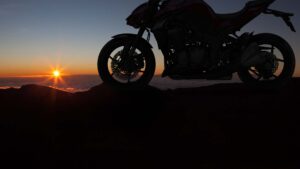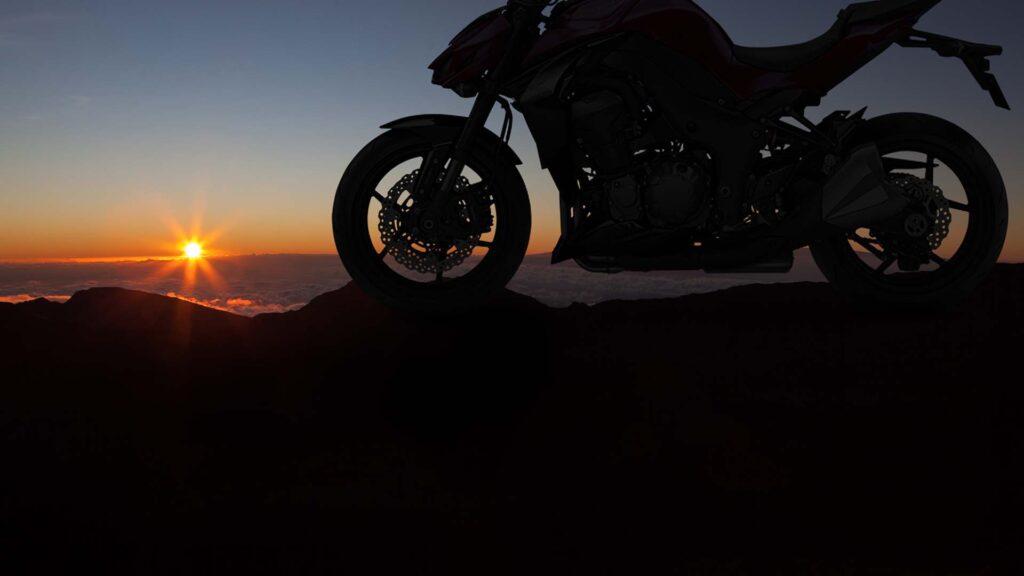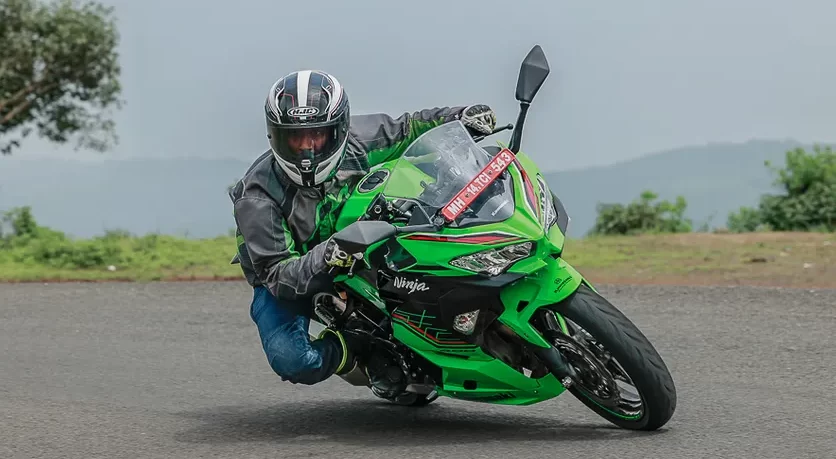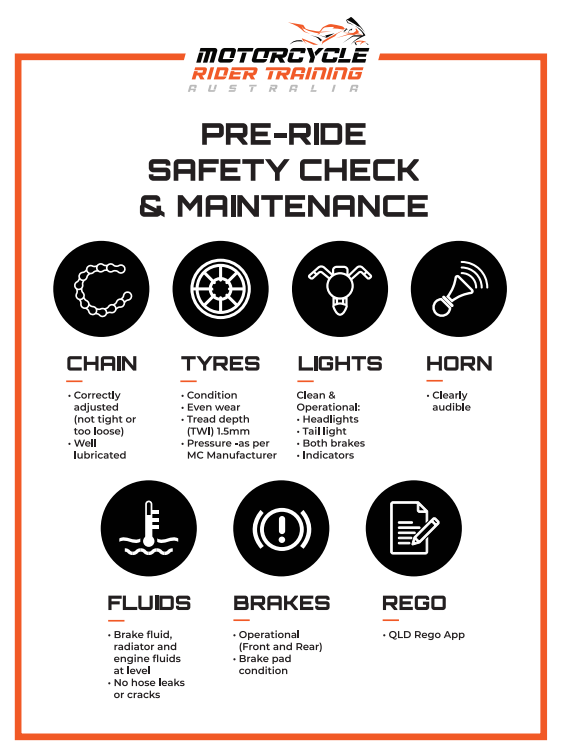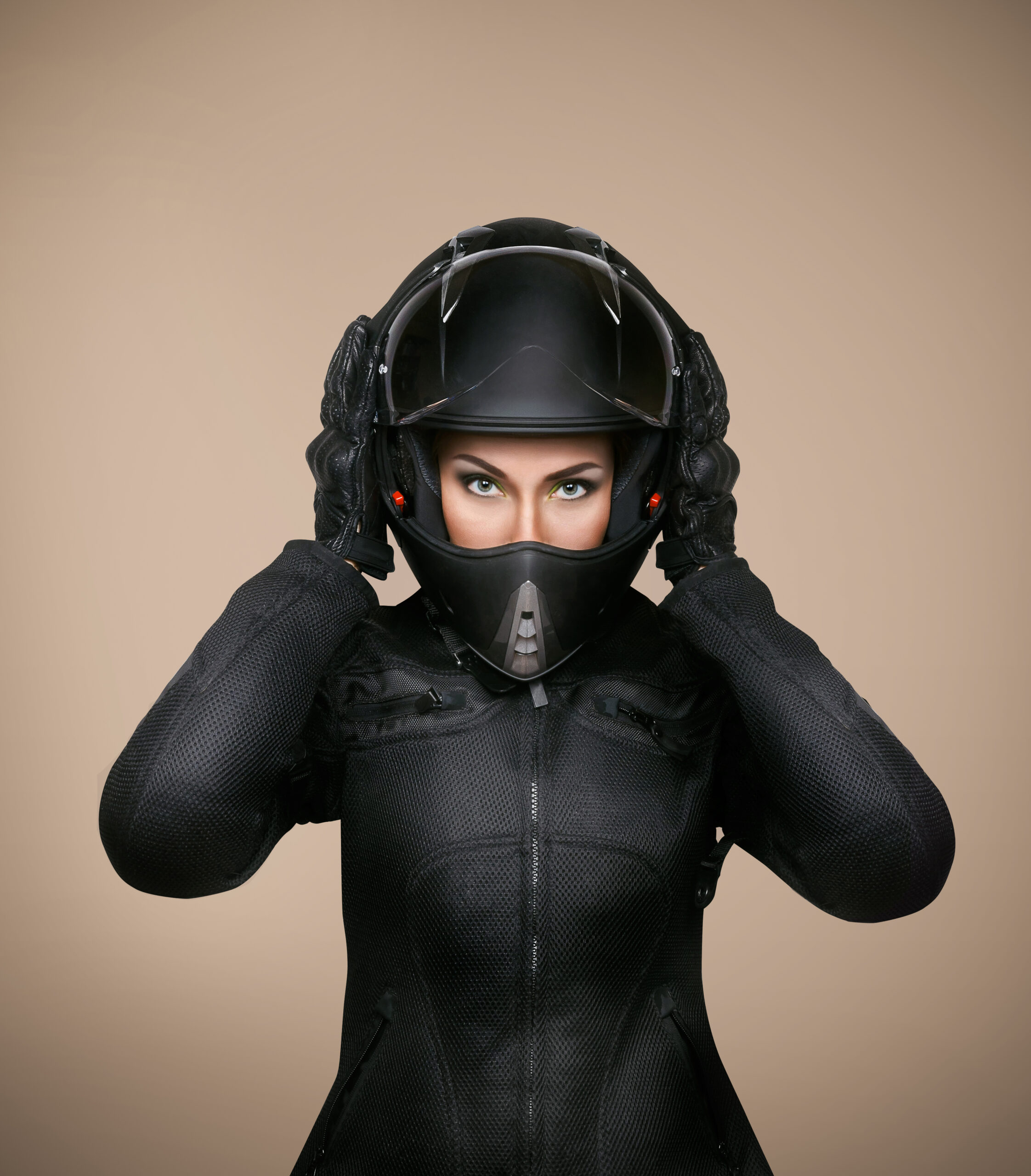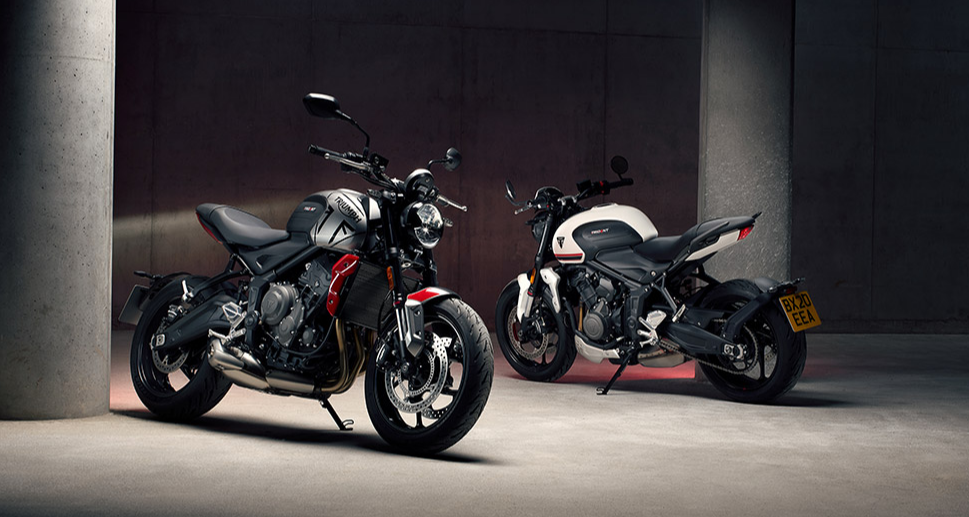There is no better feeling than riding a motorbike. The thrill and adrenaline rush alone makes it worthwhile. Riding a motorcycle builds confidence in the rider, it allows them to interact with more people and take in all sorts of sights and sounds. Whether the rider is out there on their own having fun or in a group, it gives them a sense of belonging.
It is a faster way to travel as one can easily avoid the traffic, they are easily manoeuvrable and can go through small streets and corners with ease. It is generally also a cheaper way to travel, with less fuel consumption and lower costs of maintenance, parking and tolls, motorcycles are not much of a burden on its owner’s pocket.
To enjoy the thrill of riding and be safe on the roads it is essential that the rider follows the correct sequences when tackling situations to ensure safety to themselves and also the general public.
For the uninitiated, starting a motorcycle on a hill can be a daunting and intimidating task. Gravity is working against you, and there are a multitude of things your hands and feet need to do to get going again successfully. Fear not, the team at Motorcycle Rider Training Australia is here to help.
SOME BASICS
As a QRide Motorcycle Instructor my number one rule for hill starts or any riding really is making sure you have your left foot down and your right foot applying the rear brake whilst stopped at all times. Obviously when slowing down in a straight line to come to a stop we will use both brakes together, however more front brake (70%) and less rear brake (30%).
The reason behind using more front brake is when apply brakes the weight and momentum of the vehicle moves forward. If sequenced correctly this compresses our forks and slightly flattens out our front tire which in turn increases the surface area and therefore grip. Most modern motorcycles also have twin disk front brakes and single disk rear.
Being able to plant your entire foot down is best, but if you’re a shorty, you can also scoot off the seat slightly (as long as you still have the rear brake applied) to get the ball of your left foot on the ground.
READY POSITION
Once we have stopped though it is best practice to switch to the “Ready” position:
• Rear brake applied with our right foot.
• Our right hand should be “Home” around throttle and
• Left hand with clutch fully in and disengaged and
• The motorcycle in first gear.
By stopping in this position, it aids several factors. Firstly, we are in a “Ready” position to move off with the traffic or if we need to move suddenly to escape a vehicle from behind, however more importantly this “Ready” position ensures we do not have the front brake applied. If we were to still hold onto the front brake and had a vehicle nudge us from behind, the front brake will not allow the front wheel to spin, and we lose any chance of steering, and it is most likely that the motorcycle will be pushed to the ground as the front wheel slides out.
Now always stopping in first gear is a subject that I am sure a few will have comments about. Yes, once you are stopped you can always click down to first gear if you have not managed to get there on your approach to your stop. However, whenever we brake, we should always aim to follow the same sequence so that even in an emergency we are doing the same actions.
GOOD HABITS
Picture this: You conduct an emergency stop to avoid hitting something In front of you to only then be hit from behind from another vehicle. If you always down shift to first as part of your braking sequence, you will always be back in that “Ready” position to quickly take off if the need arises.
Getting into the habit of this will ensure that it becomes a natural body reaction and will help you keep from losing control of the motorcycle in various situations.
I’m going to go over a few habits to get into that will not only help you pass your test – but also make riding life easier going forward. I’m going to outline a step-by-step guide on things to focus on to create a successful hill start.
STOP WITH YOUR LEFT FOOT SLIGHTLY AHEAD OF WHERE YOU’D USUALLY PLACE IT
If you set yourself up properly like in these next steps, you should be able to have that extra split second of footing so you’re not off balance with what we call “dabbing” your foot or walking the bike.
Build up your attention to both the throttle and the engine sound, as it’s more important and brings the thinking out of that one little thing – to concentrate on more important things such as traffic. From there, you should be able to put your left foot on the ground, right foot on the rear brake and be in the ready position.
Don’t go to Neutral unless you need to give your hand a rest. If your clutch hand needs a rest wait until you have at least one car fully stopped behind you. That way you have minimised your risk of behind hit from behind. Click to neutral and give your hand a rest but be sure to be back in the ready position before the lights change or you are ready to move off.
The reason that keeping in first gear is so important is that those split-second differences can mean the difference between life and death. If you’re in neutral, you now have to pull in the clutch, grab the front brake so you can press down on the shift lever, release the clutch and apply the throttle. By staying in first gear, I’ve just eliminated the first few steps and saving yourself precious seconds.
By keeping your hand off the Front Brake ensures you have full access and control of the throttle for a smooth take-off.
APPLY SOME THROTTLE
The first step is to remain calm. Breathe in and breathe out. Keep it in your mind that this is nothing difficult it just takes some training and to follow some simple steps. This is the fear most students have on a hill is the thought they will launch through the air if I give it too much throttle. Providing you don’t drop the clutch then you won’t. The motorcycle needs the engine to be prepared to carry weight, and by opening the throttle, you’re preparing your motorcycle to be able to move forward instead of stalling.
If you’re stopped at a traffic light, pay attention to the light to anticipate when yours will turn green again.
So, with foot on rear brake apply some throttle (just a little more than a usual take-off to allow for the hill) then set your clutch to the friction point and listen to the engine revs. If the engine revs drop too much you may stall the motorcycle, so you need to find that sweet spot with the clutch and engine revs.
Without enough throttle, you will stall the bike, back up traffic and potentially have to protect yourself from road ragers. Always keep in mind that you want to go home at the end of the day – so keep a calm head and assess the situation. So, make sure to find the friction zone before the brake is released and after there is a decent amount of throttle locked in.
By locked in, I mean that the throttle is set and held at a certain level. People tend to back off the throttle once they release the brake and that will stall the bike, throw you off balance, roll back and potentially cause you to crash. If you do start to roll back because this step and the next aren’t done properly, quickly re-apply the rear brake.
The only way the bike will launch is if you suddenly fully release the clutch at higher throttle and to do that means you do not have control of your bike which will potentially cause a crash as well.
FIND THE FRICTION ZONE
With your foot still on the rear brake, slowly let the clutch out until it starts to engage the engine to the rear wheel. Make sure like in the last point, your throttle hasn’t closed.
You’ll know the engine is engaging in two ways: one is the engine pitch will lower, second is the motorbike will start to actually want to seem to pull forward but won’t because of the rear brake.
This is right before the friction zone would lose hold and you stall the engine, so practicing this slowly at first is very important as with practice and muscle memory, that action will automatically become faster.
HEAD UP
At this point you have your foot on the rear brake, engine revs up to a high idle and the clutch at the friction point. This is trying to drive the motorcycle forward, but you are stopping with your foot on rear brake. Before you move off – ensure you check your mirrors and conduct a head check for any traffic or hazards. Then keep your head up and look at where you are heading, you can hear and feel what the motorcycle is doing, so LOOK ahead!
RELEASE THE REAR BRAKE SLOWLY
This is so that you know the engine and rear tire has engaged and you’ve set the throttle and clutch levers correctly. You can add a slight bit of throttle too if you feel it won’t be enough or if the bike sounds like it’s going to stall.
As your motorcycle starts to move forward you should not need to change your hand position on the clutch and throttle unless you have not set them right in the first place. Don’t just fully release the rear brake, you should continue to drag the rear brake for a few meters to help aid stability and to also allow for stopping quickly if a hazards presents itself on take-off.
Do not let go of the throttle and grab the front brake unless your right foot has come off the rear brake and your handlebars straight! By grabbing at the front brake in a panic can cause you to stall but more so drop the motorcycle if the handlebars are turned at all. As this reaction will want to drive the front of the bike towards the ground with which ever direction your handlebars are pointed.
SLOWLY BLEND THE CLUTCH AND THROTTLE
Be in control of your throttle and slowly increase revs as you gently ease your clutch lever out all the way. All actions with your controls should be, smooth, meticulous, and precise. Feel for how the how the bike reacts with your inputs and how it sounds when you do it.
PRACTICE
It takes some practice, but soon you’ll be able to find the balance between throttle, clutch, and brakes. Start on level ground and experiment with the relation between the friction zone and the rear brake. Feel where the zone begins and ends plus what effect adding throttle and/or releasing the brake has on the engine. The name of the game is not stalling your engine, so when in doubt, add more revs and modulate it with the clutch, rear brake, or both. Over time, this will become second nature and starting on a hill won’t be the least bit intimidating.
To learn more Safety hints and tips, be sure to follow our blog posts at Motorcycle Rider Training Australia
For more information on motorbike licencing in Queensland please visit: Getting your motorcycle licence | Transport and motoring | Queensland Government (www.qld.gov.au)
Dean Shipp
Qualified Q Ride Instructor
0447 049 843
